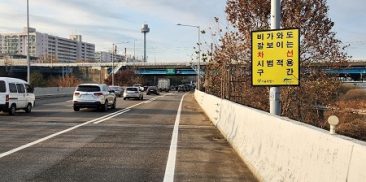首爾文化遺產
-
The birth of Jajangmyeon, “Incheon Gonghwachun”
-
首爾文化遺產 報名日期作者SMG 观看次数1,547
When Incheon became the leased territory of Qing China in 1884, the first Chinatown in Korea was built. This Chinatown is the symbol of the Incheon Treaty-Port era, when the area became filled with Chinese foods and culture. jajangmyeon, the first food Koreans regularly went out to eat, was originally noodles mixed with the soybean paste of Shandong Province and was a quick meal eaten by Chinese laborers working on the piers of Incheon Port.
The old Gonghwachun building was designated as a registered cultural property in 2006 and became a museum of jajangmyeon in 2012. Known as the birthplace of jajangmyeon, Gonghwachun has been revived as a popular destination in Incheon Chinatown. The museum preserves the history of jajangmyeon and the overseas Chinese who, at the time of the opening of the port, emigrated to Incheon to seek out the “Korean Dream.” The museum building, erected around 1908, is a two-story house with a courtyard built in a Chinese style, featuring brick walls and a wooden-trussed roof (10.18 meters high). The founder, Woo Hee Gwang, moved to Incheon from Shandong in 1907 and built the Shandong Center, an accommodation facility for Chinese merchants that was later renamed to “Gonghwachun” in 1913. At that time, jajangmyeon was a common food for laborers working on the piers, but has now become a beloved localized Chinese dish with about seven million serving consumed daily at 24,000 Chinese restaurants nationwide. From the Treaty-Port era to the mid-1980s, when the port was closed, Gonghwachun prospered and became a popular destination in Incheon. Now, it is a special museum that preserves the old memories of Incheon Port.






